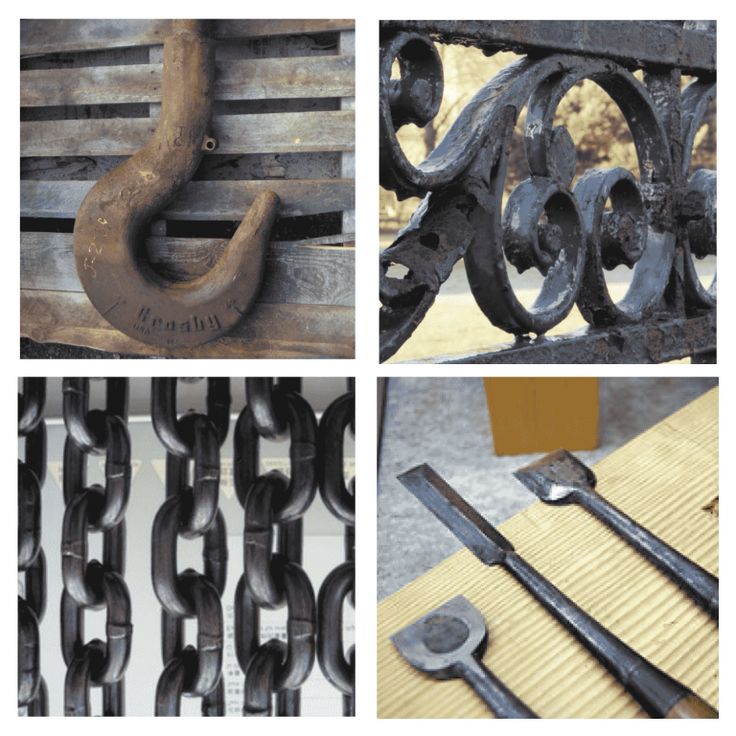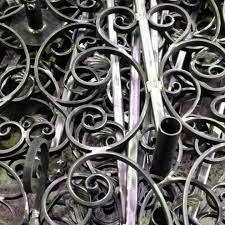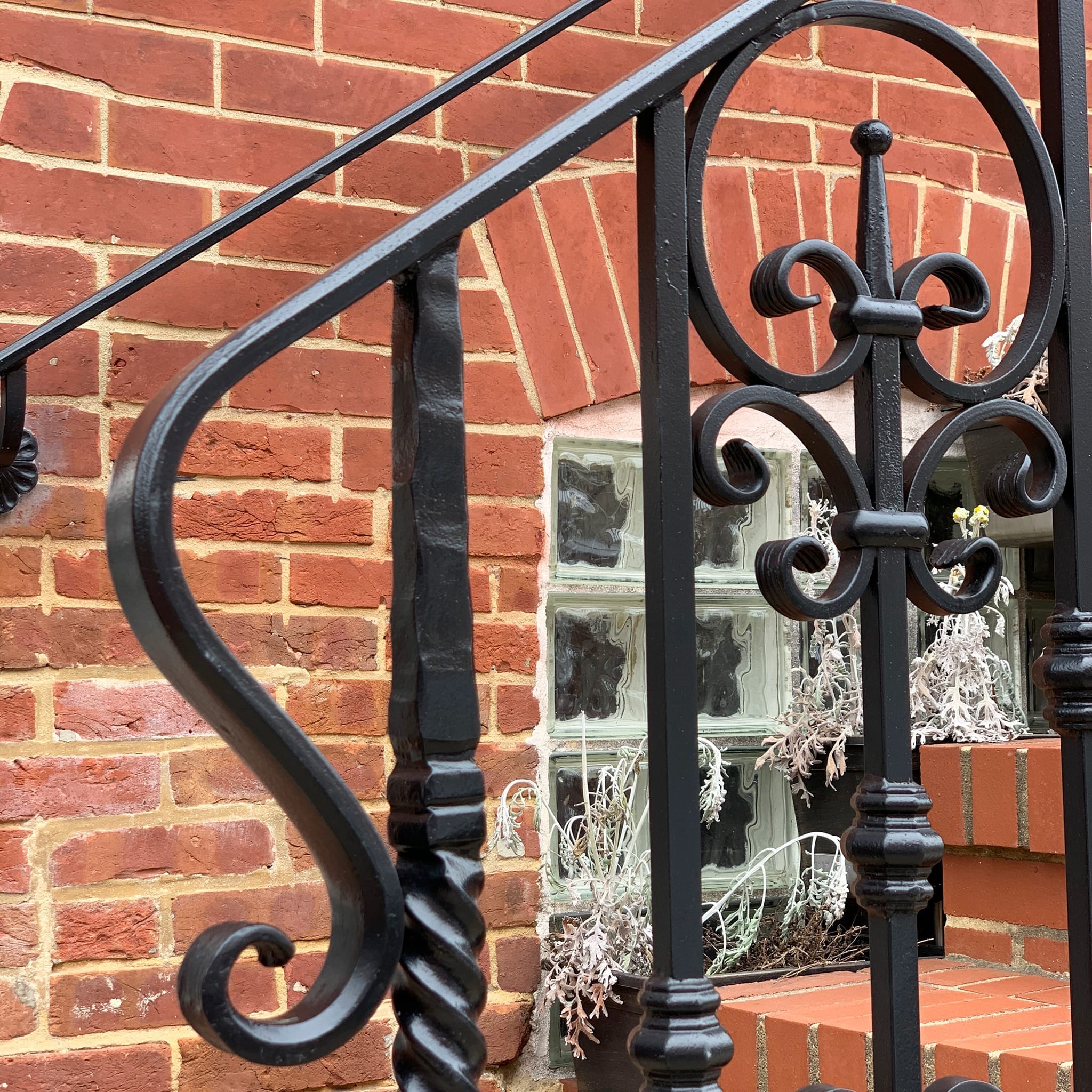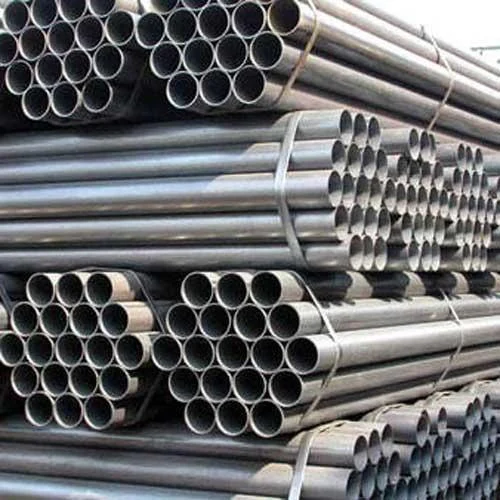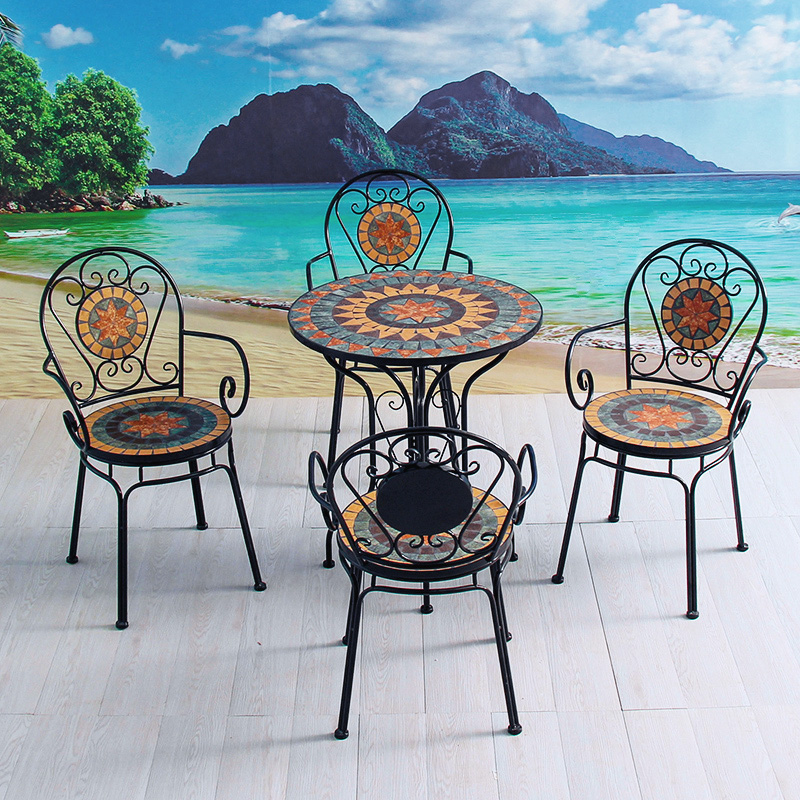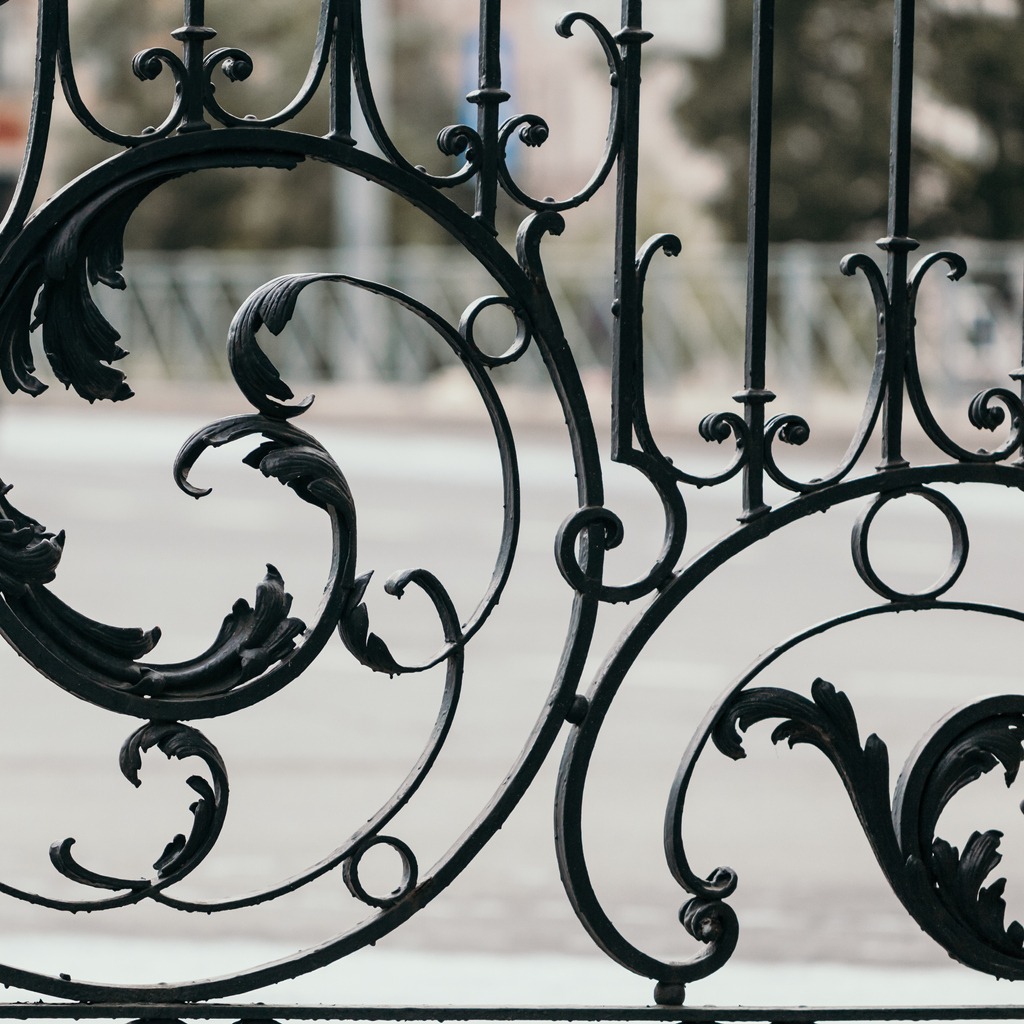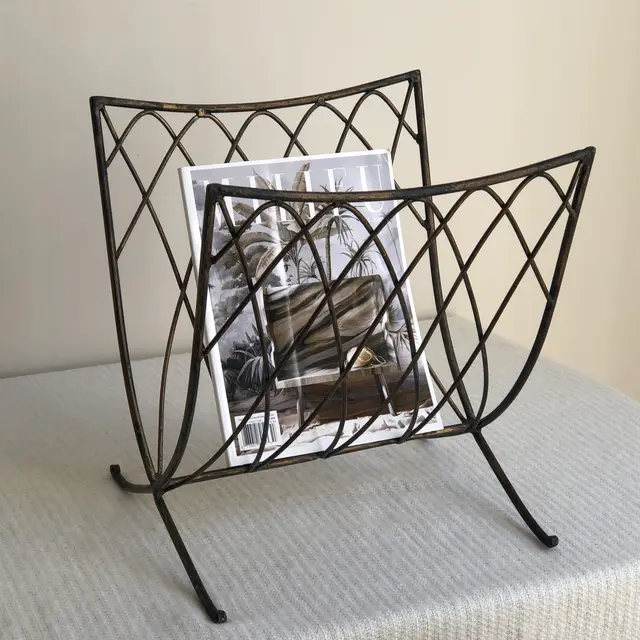Wrought Iron Information Hub
Wrought iron is a durable and malleable material, historically used for blacksmithing and ornamental work. It's known for its distinctive grain pattern and resistance to rust. Today, it's often used in architectural and decorative applications, from gates to railings, adding a timeless charm to any setting.
Durability
Wrought iron is celebrated for its enduring resilience, making it a favored choice for lasting structural support.
Ornamental
Frequently employed for crafting intricate and ornate designs, wrought iron adds timeless elegance to various applications.
Rust Resistance
Its inherent composition naturally shields it from corrosion, making wrought iron a durable choice for various applications.
